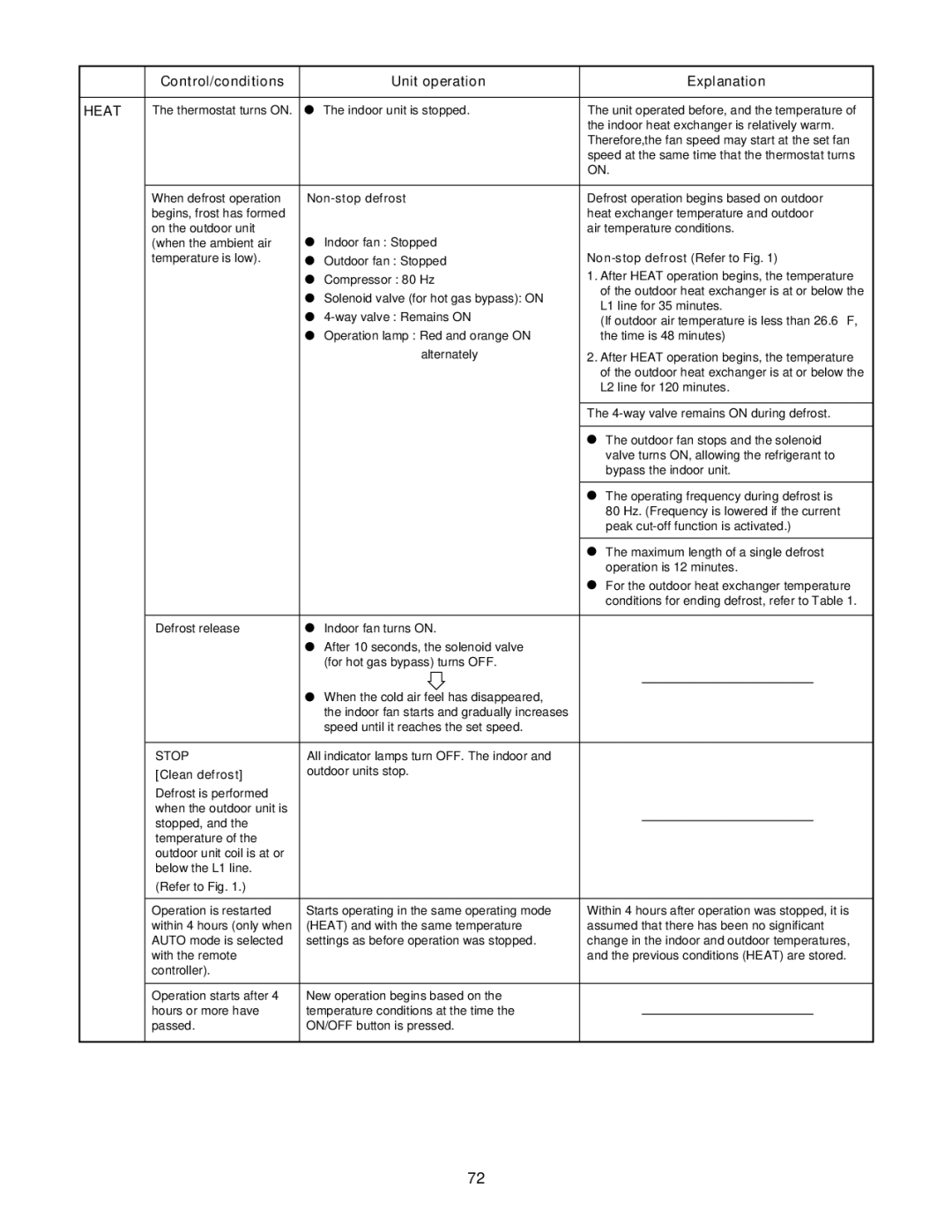CU-3KE19NBU, CU-4KE24NBU, CU-4KE31NBU specifications
The Panasonic CU-4KE24NBU, CU-4KE31NBU, and CU-3KE19NBU are high-efficiency air conditioning units that represent Panasonic's commitment to innovative climate control solutions. These models integrate advanced technologies to deliver superior performance, energy savings, and user comfort, making them ideal for both residential and commercial applications.The CU-4KE24NBU, a part of the ECOi series, is designed for medium-sized spaces. It boasts an impressive cooling capacity, ensuring optimal temperature regulation. Its inverter technology adjusts the compressor speed according to the needs of the environment, resulting in reduced energy consumption and consistent comfort levels. The unit operates quietly, making it suitable for bedrooms, offices, or other noise-sensitive environments. Additionally, it features a robust air filtration system that improves indoor air quality by removing dust and allergens.
The CU-4KE31NBU offers a slightly higher capacity, making it perfect for larger areas. Like its counterpart, it utilizes inverter technology, which not only enhances energy efficiency but also minimizes wear and tear on the components, leading to a longer lifespan. Its multi-split capability allows for the connection of multiple indoor units to a single outdoor unit, providing flexibility in installation. The CU-4KE31NBU also integrates smart technology that allows users to control the system remotely via smartphones, giving them greater convenience and control over their environment.
For applications requiring a more compact option, the CU-3KE19NBU is an excellent choice. This model balances size and power, offering a competitive cooling capacity that can easily service small to medium-sized rooms. The unit is designed for easy installation and maintenance, featuring a lightweight construction that simplifies handling by technicians. The efficient inverter technology ensures that users benefit from lower energy bills while maintaining a consistent indoor climate.
All three models are equipped with Panasonic’s advanced refrigerants, which contribute to their eco-friendly performance. These refrigerants help reduce greenhouse gas emissions while maintaining high efficiency. Moreover, the units come with built-in diagnostic capabilities, allowing for quick detection of any issues, thus ensuring that the systems operate at peak efficiency throughout their lifespan.
In summary, the Panasonic CU-4KE24NBU, CU-4KE31NBU, and CU-3KE19NBU are exemplary air conditioning solutions that combine cutting-edge technology with user-friendly features, ensuring that they meet the varying needs of today's consumers while promoting energy efficiency and sustainability.

